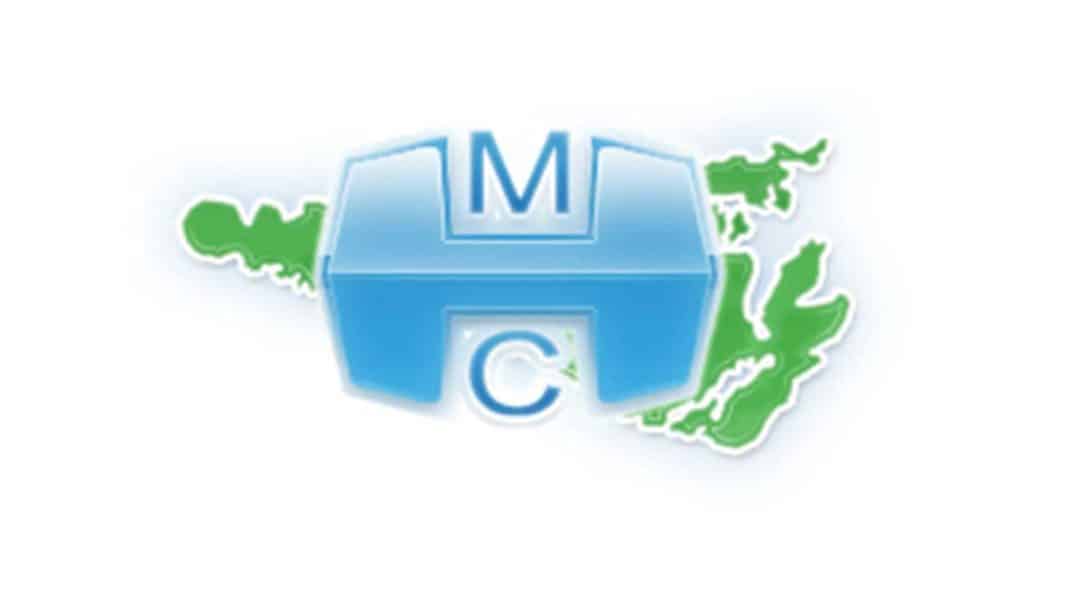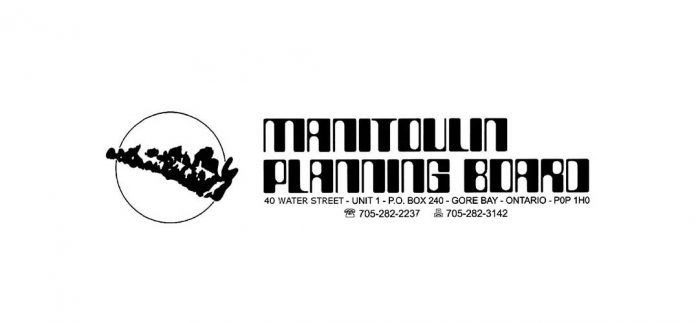MANITOULIN—There is a lot of talk these days invoking the concept of reconciliation with Canada’s first peoples, but far too often there is not a lot of walk in those conversations. Over the past 18 months, Manitoulin Health Centre (MHC) has been engaged in a process called ‘Maamwewziwining’ that is “moving forward together,” a framework that charts out concrete steps to be taken along the long path toward reconciliation.
“This work is really an evolution that has resulted from building off the work done previously with the Mekwaatawgsajig council that was spearheaded by the late Ron Wakegejig and the late Dr. Jack Bailey in the late 1990s and early 2000s,” said MHC CEO Paula Fields in recent conversation with The Expositor. “That early start was more about sharing Anishinaabe culture,” she said. “At that time, cultural competency and safety were not terms.”
Beginning in the summer of 2021, MHC began work on a comprehensive engagement project to identify ways of improving the patient experience and act on its 2019-2024 strategic vision of “Putting patients first as we lead and collaborate with our partners.” MHC expressed a strategic goal in that vision to “Reflect First Nations culture within our care practices.” A key component of that goal is to strengthen cultural awareness, competence and safety as a way of improving the patient experience for Indigenous community members.
There were concrete results that resulted from the original Mekwaatawgsajig council. “The hospital brought in policies around the use of traditional medicine on the units, the ability to smudge and different teachings,” said Ms. Fields. “That council eventually evolved into an internal cultural committee.”
Among the concrete steps that have been taken since the inception of Mekwaatawgsajig council were the creation of spiritual rooms at both MHC sites, Little Current and Mindemoya.
The spiritual room at the Little Current site is located next to the acute care area (aka emergency). The Naandwe Gamik at the Mindemoya site is located in the corridor between the hospital and the family health team.
Spiritual rooms are used for ceremonies, prayer, family meetings and are available for use as needed, noted Melanie Stephens, manager, clinical innovation and partnerships at MHC. There is a separate air flow exhaust from these rooms, so smudging can be organized very quickly and with no interruption to the hospital’s fire alarm system. The hospice suites at both sites are equipped to accommodate ceremonies such as smudging.
“Those sites were created in consultation with Indigenous knowledge keepers,” said Ms. Fields.
“We need to thank Mariette Sutherland McGregor as our third-party consultant and facilitator and especially want to acknowledge Geraldine Ense McGregor and Rosella Kinoshameg for their guidance and continued commitment to this work,” said Ms. Stephens. Both Ms. Ense McGregor and Ms. Kinoshameg remain active members of the working group leading the Maamwewziwining project.
“Also, an acknowledgment needs to go out to the patients and caregivers who took their time to connect and share their stories with us,” said Ms. Fields. “We look forward to taking this information forward, collaborating with our partners in the communities and working together to build sustainable solutions to improve cultural safety and support a positive patient experience for everyone.”
Community consultation focus group sessions were held in each of the seven Manitoulin First Nations communities between November and August. Among information gathering activities was a survey containing seven key questions that were sent to 196 staff and 15 physicians and which closed on November 22, 2021.
Another key set of perspectives sought was through community leader and partner interviews. Twelve community partner interviews were conducted, with respondents including three chiefs, two councillors, two senior leaders from health service partners, four health staff who work closely with the MHC in their duties, two working group members and one elder/former Mekwaatawgsajig member.
Two professional/medical staff focus groups were also convened—one for Mindemoya professional medical staff on December 8, 2021 and a second on January 18, 2022 for professional medical staff in Little Current. Those sessions were conducted in the evening via Zoom and recorded for note taking purposes.
Partner organizations were also canvassed to discuss areas in which their already strong working relationships could be enhanced to strengthen patient experiences and cultural safety.
“We are now working to connect with all the chiefs and councils and Indigenous health authorities to explore these opportunities,” said Ms. Fields. “We know we cannot do this work alone, so we are looking forward to building on these relationships. This report was really just the first step and now the real work begins.”
Throughout these consultations and focus groups overarching themes emerged. Those include: an organizational statement of commitment to this effort infused across board resolution, policy statements and practice guidelines inclusive of long-term work force planning and inclusion of Indigenous voices in all governance and planning/decision making tables; bolstering and embedding a significant cultural footprint–including offering language translation, Indigenous staff in all functional areas, patient advocacy and peer support etc.; co-development of an Anishinaabe Aadiziwin program to systematically organize cultural safety planning including process for self-identification, capacity building and long-term training and the design and active promotion of cultural supports and program elements; strengthening cultural safety in the workforce and professional medical staff through a variety of community partnered mechanisms; and strengthening partnerships to improve care through collaborative planning, policy/ decision making and broader advocacy.
Ms. Fields noted that Maamwewziwining is not a finite process, but rather an ongoing approach that will continue far into the future. “This is a starting place.”
The MHC strategic plan developed for 2019 to 2024 was hampered by COVID-19, but far from being derailed. Still, a lot of the work that has been done so far “did not dive as deep” as MHC would like to see. In 2024 MHC will have a new strategic plan and will include a strong Indigenous component as a commitment to continuing the process of engagement to ensure the health centre is truly a culturally safe and competent space.
It will not be an easy path, noted Ms. Fields. “Some of what we have heard made us uncomfortable,” she admitted, but adds that in the final analysis that is a good thing. “We need to be uncomfortable before we can move forward.”





